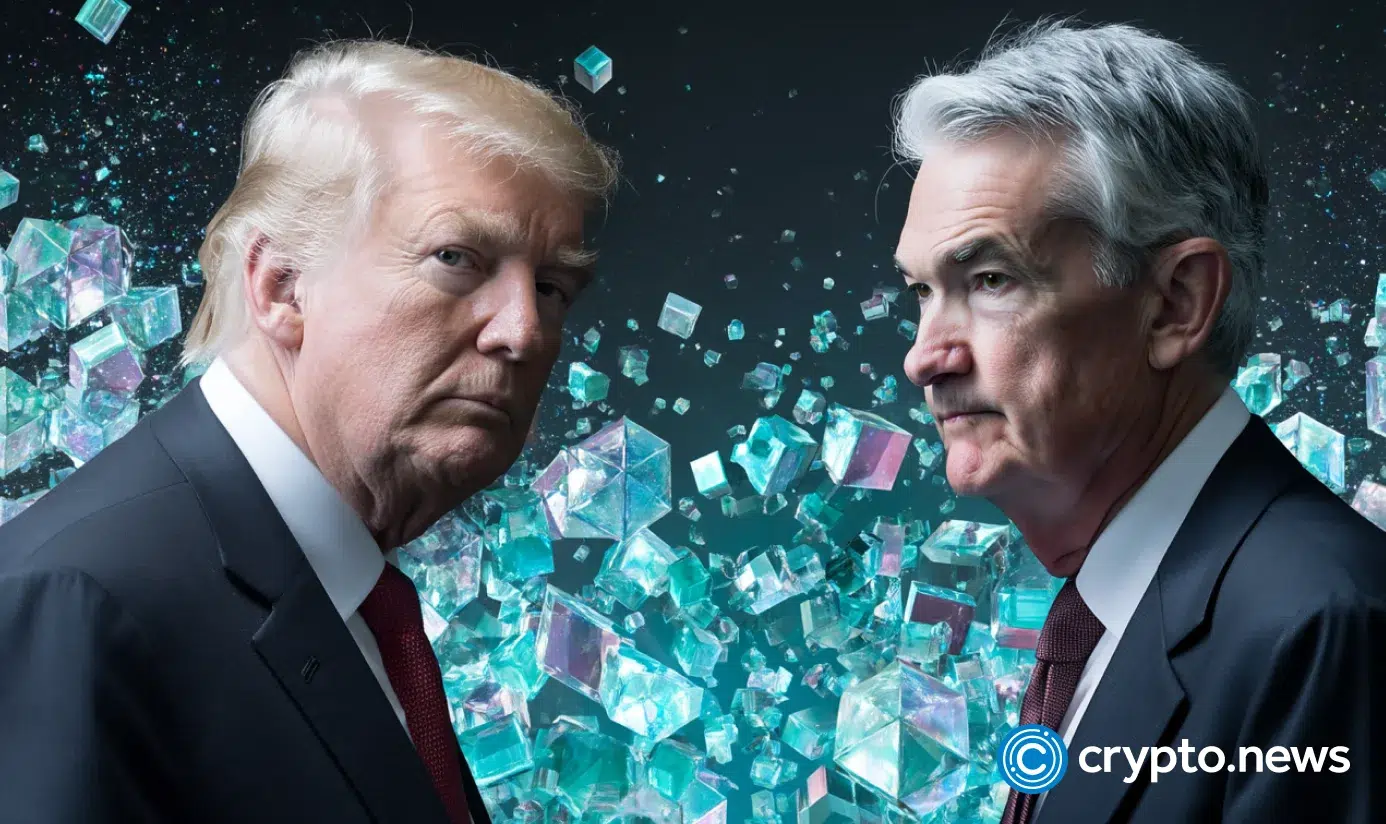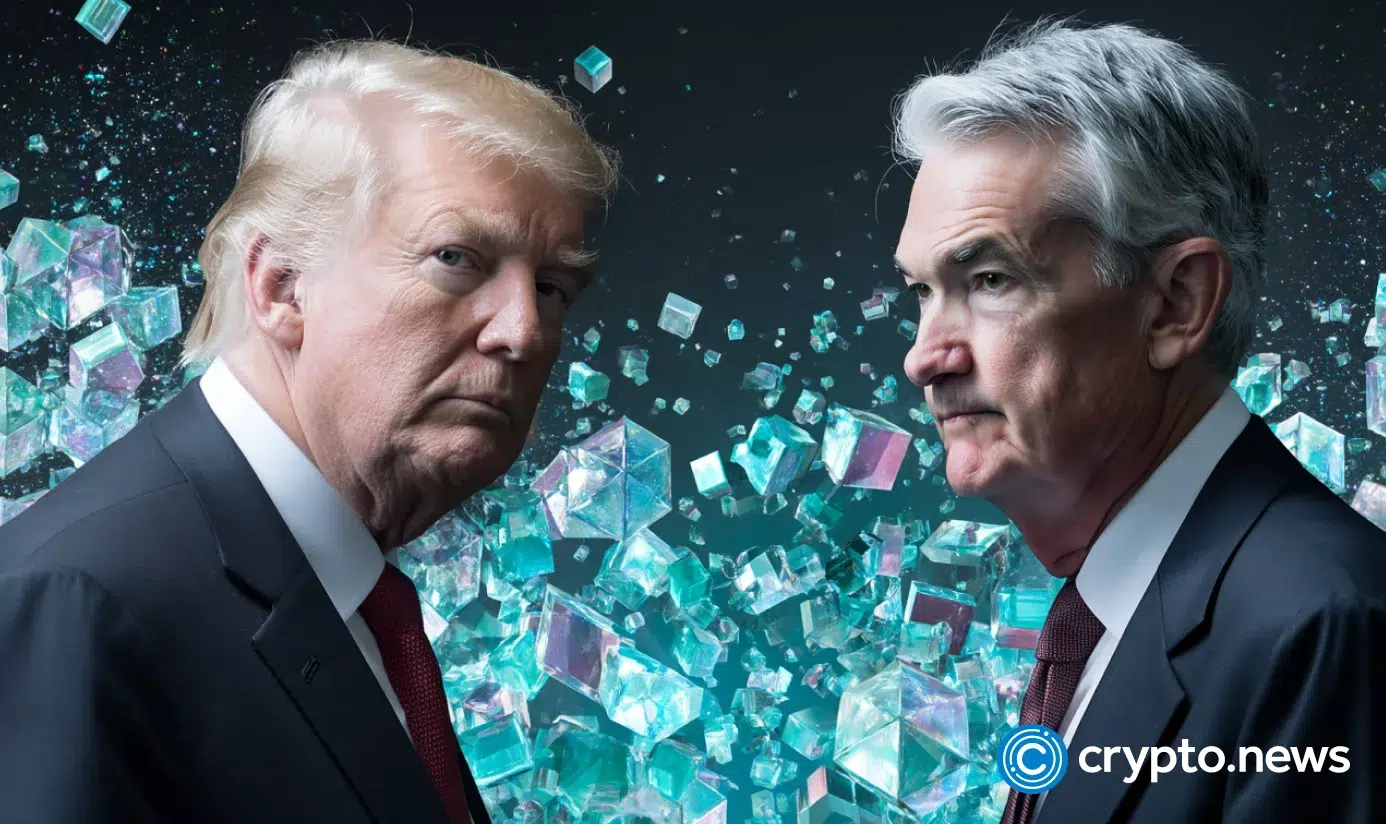

Donald Trump has been pushing the Federal Reserve to cut interest rates throughout his second presidential tenure. The Fed officials have been consistently opposing Trump’s pressure. However, the release of the Federal Open Market Committee minutes revealed that by July, 2 of 12 Fed governors, Michelle Bowman and Christopher Waller, spoke out in favor of cutting the rates. What’s happening within the Federal Reserve, and how will it affect the markets?
Summary
- 2025 has been a tense year for the Federal Reserve as the POTUS demands to cut interest rates while the Fed is too concerned with inflation risks to obey.
- The FOMC minutes, released not long before the Fed chair’s important speech, reveal the Fed’s continuous reluctance to cut rates.
- Despite keeping the same position, July saw a split vote, marking an unusual dissent in the Fed.
- Over ten candidates are considered for the Fed chair replacement in 2026.
News from Minutes of the Federal Open Market Committee
On Aug. 20, the results of the July 29–30 FOMC meeting were released. It reveals that the policymakers have concerns about the tariffs’ role in boosting U.S. inflation. They are not certain about whether tariffs will have a one-time impact on prices or will trigger a lasting inflation hike. While the Fed heads didn’t come to a clear conclusion over the effects of tariffs on prices, they agreed that potentially inflation rates may get out of hand.
As the Fed officials have to balance between keeping inflation in check and supporting the labor market, it has to tolerate what they perceive as a lesser evil. Throughout Trump’s second presidency, the Fed chairman Jerome Powell and his colleagues stood together in their reluctance to cut the interest rates as they saw the risk of inflation spiking as a bigger problem than unemployment.
This time, again, they supported high interest rates as inflation continues to rise, while the unemployment rate saw a slight drop. The majority of Fed governors voted to leave interest rates untouched at the 4.25%–4.5% range.
The biggest dissent in 30 years
Most Fed governors voted to leave interest rates as they are, but Michelle Bowman and Christopher Waller voted for cutting rates by ¼ percentage point. Bowman backed her position by saying that the inflation rate has been relatively close to the Committee’s objective if temporary tariffs’ effects are not factored in, while the labor market is losing its dynamism.
More than that, Bowman blamed high interest rates for slowing down the economic growth in 2025. According to the Minutes document, Bowman believes that a gradual move of the interest rate down would have hedged against further economic decline and potential unemployment growth.
The next Committee meeting is scheduled on September 16; however, the closest event at which Powell is going to deliver an important speech will take place on Aug. 22 in Jackson Hole, Wyoming.
While it may seem that the decision not to cut the rates won with a high margin, an investor and blogger, Scott Melker, known as The Wolf of All Streets, claimed that it was the biggest dissent in over 30 years.
In 2025, the Fed is going through increased pressure as it tries to follow its long-planned course to return the inflation rate to the pre-COVID-19 rates (which wasn’t achieved yet) while the POTUS is seeking to ignite the economy and boost exports of U.S. goods abroad through cutting the rates and weakening the USD. The crypto community often associates inflation hikes with crypto price rallies.
In line with his informal anti-establishment persona, Trump has been calling Powell names and posting disrespectful messages about him for his consistent rejection of cutting rates. At some point, Trump even blamed Biden for appointing Powell as a Fed chair, forgetting that it was he, Trump, who appointed Powell back in 2018. The option of firing Powell altogether was in the talks, despite the fact that the Federal Reserve is an independent agency, and firing Powell would require the involvement of the Supreme Court. In July, Powell faced accusations of lying under oath, which were interpreted by some as the new line of attacks over the interest rates. Powell’s tenure is ending in May 2026.
Who is going to replace Powell?
Ahead of Powell’s speech, some investors are already panic-selling their assets. Several candidates for Powell’s chair are already rumored. Ex St. Louis Federal Reserve Bank President James Bullard claims he had a discussion with U.S. Treasury Secretary Scott Bessent about the possibility of heading the Federal Reserve. Bullard’s position on the interest rates satisfies the demands of Donald Trump, as he believes the rates should be cut by 100 basis points in 2026. At the same time, Bullard spoke out in favor of preserving the independence of the institution under the Federal Reserve Act. According to Bullard, the Fed won’t cut rates in September.
Christopher Waller, who voted against keeping the interest rates at the same level, is another possible Powell successor; more than that, some call him a favorite in the race. He is praised for his precise predictions on inflation and his solid understanding of the Fed’s work.
Other possible successors of Jerome Powell are the head of the National Economic Council, Kevin Hassett, the former Fed governor, Kevin Warsh, and economist Marc Sumerlin. All of them have been criticizing the Fed for keeping the interest rates too high. According to Bessent, he has a list of 11 strong candidates for the Fed chair position.

Source link

